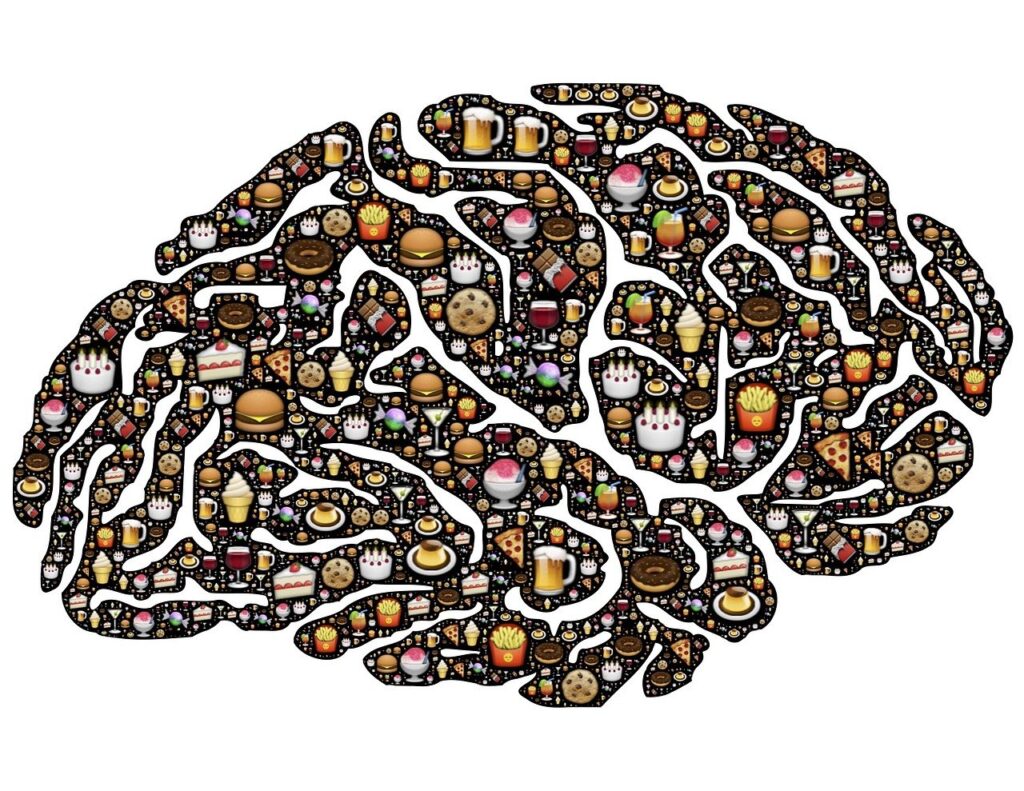Coping with Cravings in Addiction Recovery: Understanding, Recognizing, and Managing Urges
Cravings are a common and natural part of the recovery process from addiction. Whether one is battling an addiction to substances like alcohol or drugs or struggling to overcome behavioral addictions such as gambling or eating disorders, cravings are an integral part of the journey towards recovery. Understanding why we experience cravings, recognizing their signs and symptoms, and embracing effective coping strategies can significantly enhance one’s ability to manage these intense desires without relapse.
Why Do We Experience Cravings?
Cravings are intense urges to engage in a particular behavior or consume a substance that one is addicted to. These urges are primarily neurological events. Addiction alters the brain’s chemistry and function, creating a dependency on the substance or behavior to produce pleasurable feelings or relieve negative ones. This dependency is largely driven by the neurotransmitter dopamine, which plays a pivotal role in the brain’s reward system. When an activity releases dopamine, the brain notes it as a pleasurable event and encourages repeat behavior.
After stopping the use of a substance or behavior, the brain continues to associate certain triggers — such as stress, people, places, things, or specific emotional states — with the addiction. The absence of the addiction triggers the brain to produce cravings to seek out the substance or behavior as a way to regain that dopamine-induced pleasure or relief.
Signs and Symptoms of Cravings
Recognizing the signs and symptoms of cravings is critical in managing them effectively. Cravings can manifest both physically and psychologically, and their intensity can vary from mild to overwhelming. Common signs include:
- Physical Symptoms: Increased heart rate, sweating, nausea, and shaking. These symptoms arise as the body physically reacts to the desire for the substance or behavior.
- Psychological Symptoms: Thoughts fixated on the substance or behavior, mood swings, irritability, and restlessness. There may also be a sense of urgency or a belief that having the substance or engaging in the behavior is the only way to relieve discomfort or distress.
The Time-Limited Nature of Cravings
An essential aspect of managing cravings is understanding that they are time-limited. Most cravings last for a relatively short period, typically about 15 to 30 minutes. Knowing that cravings are temporary can empower individuals to manage them more effectively using various coping strategies.
Coping Strategies for Managing Cravings
- Mindfulness and Meditation: Practicing mindfulness involves staying present and fully experiencing the moment without judgment. This can help individuals acknowledge cravings without acting on them. Meditation can similarly provide a way to detach from craving and reduce stress.
- Distraction: Engaging in activities that divert your attention can be an effective way to manage cravings. This might involve physical activity, reading, watching a movie, or pursuing a hobby.
- Reach Out for Support: Connecting with supportive friends, family, or recovery groups can provide encouragement and strength. Sharing feelings and experiences with others who understand can be incredibly reassuring.
- Delay: Since cravings are temporary, delaying action by waiting out the craving can be a successful strategy. Commit to waiting for a certain amount of time — often the craving will pass within that period.
- Replacement: For some, replacing the addictive behavior with a healthier option that also provides a dopamine release can be beneficial. This could be exercise, a creative endeavor, or engaging in volunteer work.
- Cognitive Behavioral Therapy (CBT): This structured approach helps identify and change negative thought patterns that contribute to addiction. CBT can teach practical skills to manage cravings and avoid relapse.
Long-Term Management
While acute management of cravings is crucial, long-term strategies must also be developed. Building a lifestyle that supports recovery, including regular physical activity, a balanced diet, sufficient sleep, and stress management, can all help in reducing the frequency and intensity of cravings.
Conclusion
Understanding the physiological and psychological underpinnings of cravings is key to managing them effectively. Recognizing that these intense desires are not permanent can also provide the mental strength needed to resist them. By employing a combination of immediate coping strategies and long-term lifestyle changes, individuals in recovery can navigate their path more smoothly and maintain their commitment to a healthier, substance-free life.
The journey of addiction recovery is challenging, marked by its highs and lows, successes and setbacks. However, with the right tools and support, overcoming cravings and achieving long-term recovery is entirely possible. Every step taken towards managing these cravings is a step towards reclaiming a life governed not by dependency, but by freedom and fulfillment.


